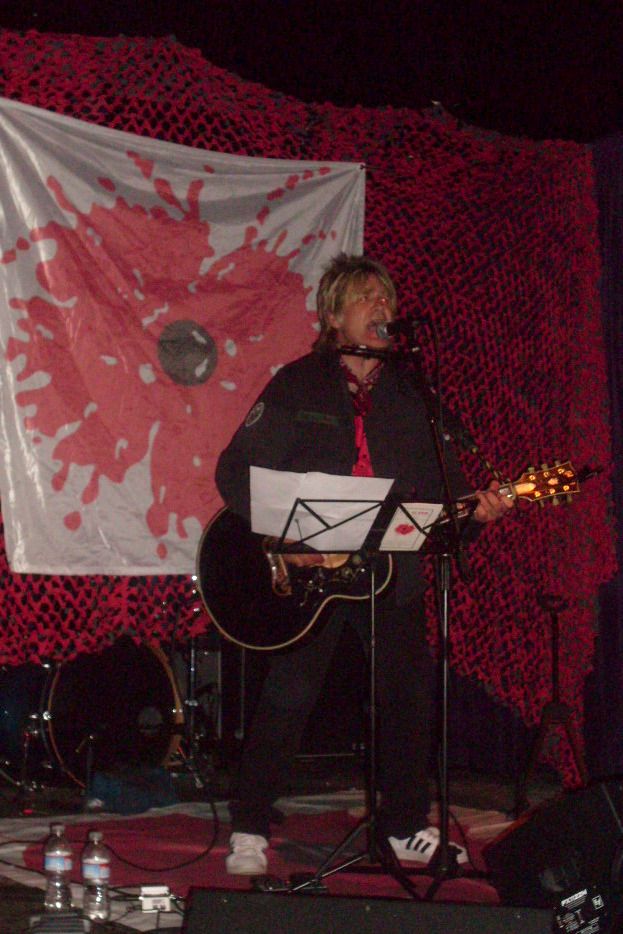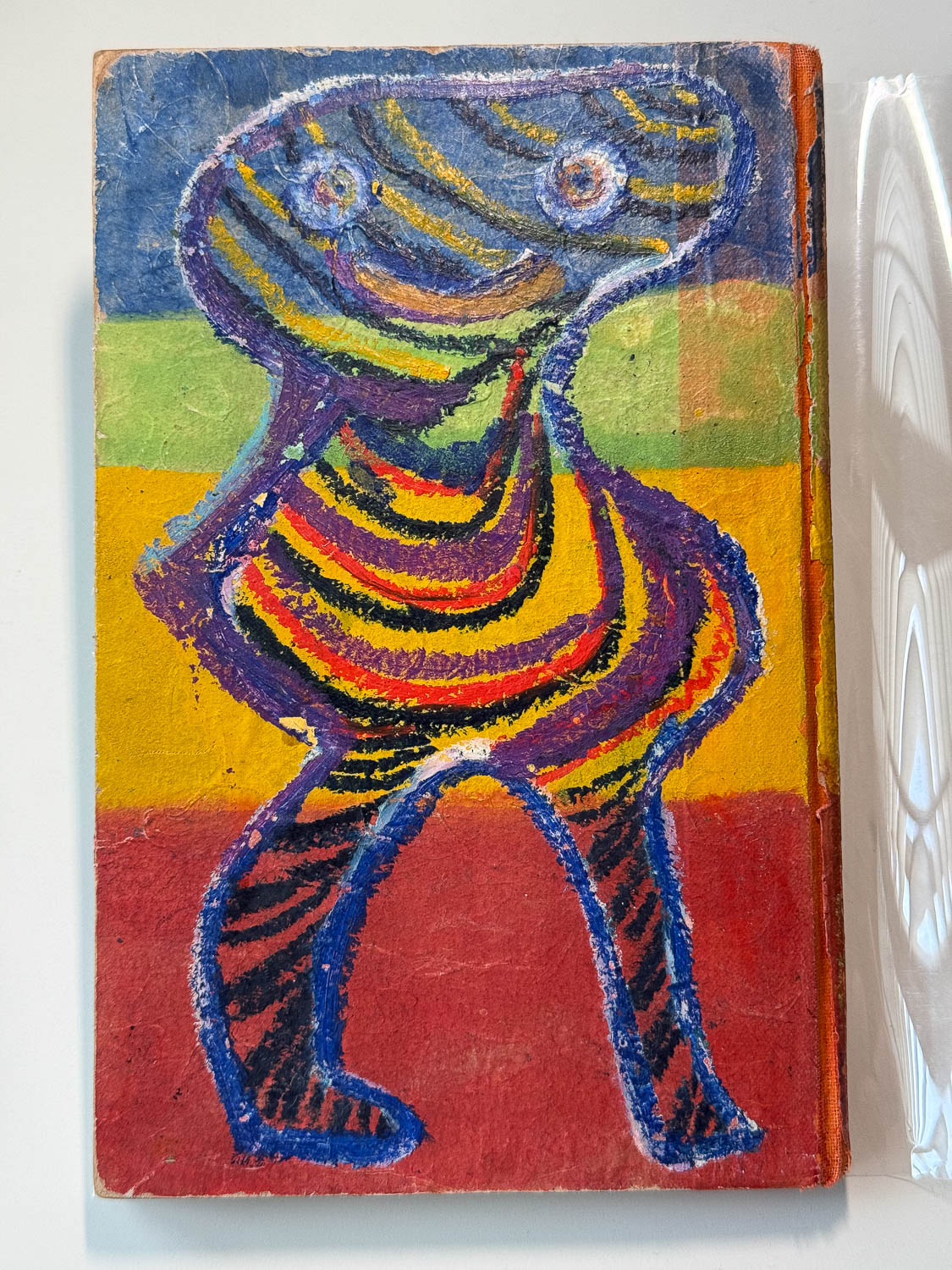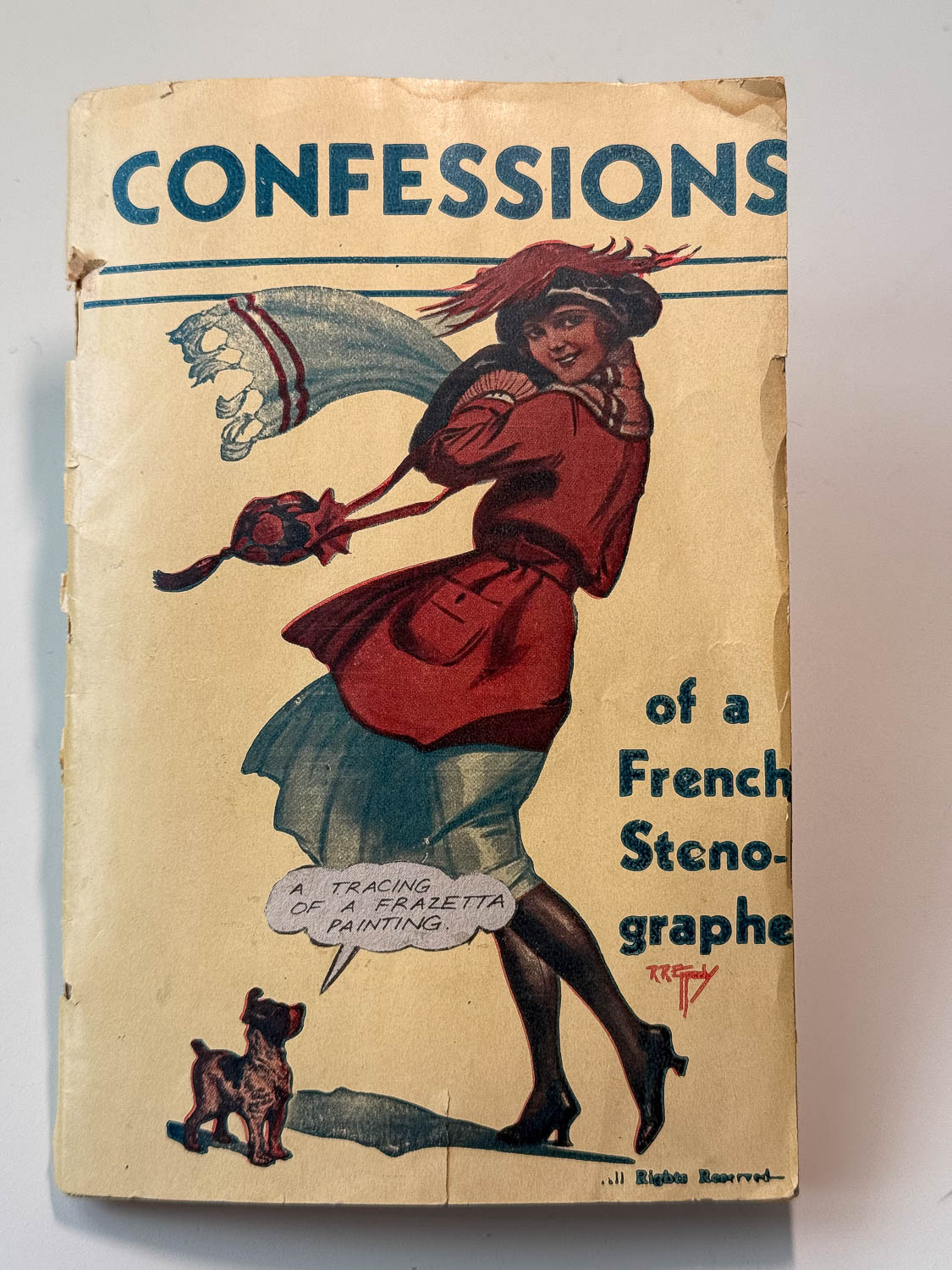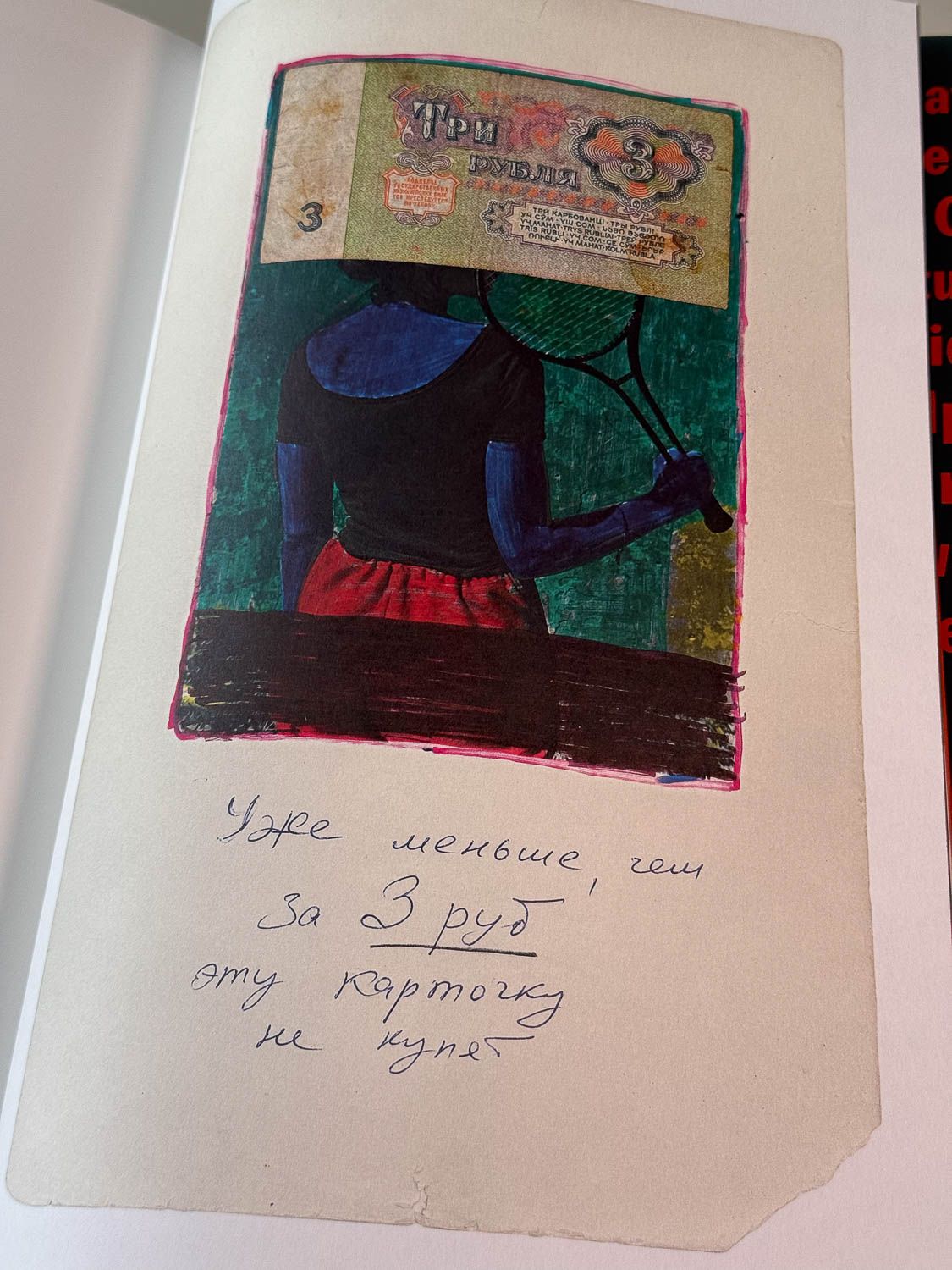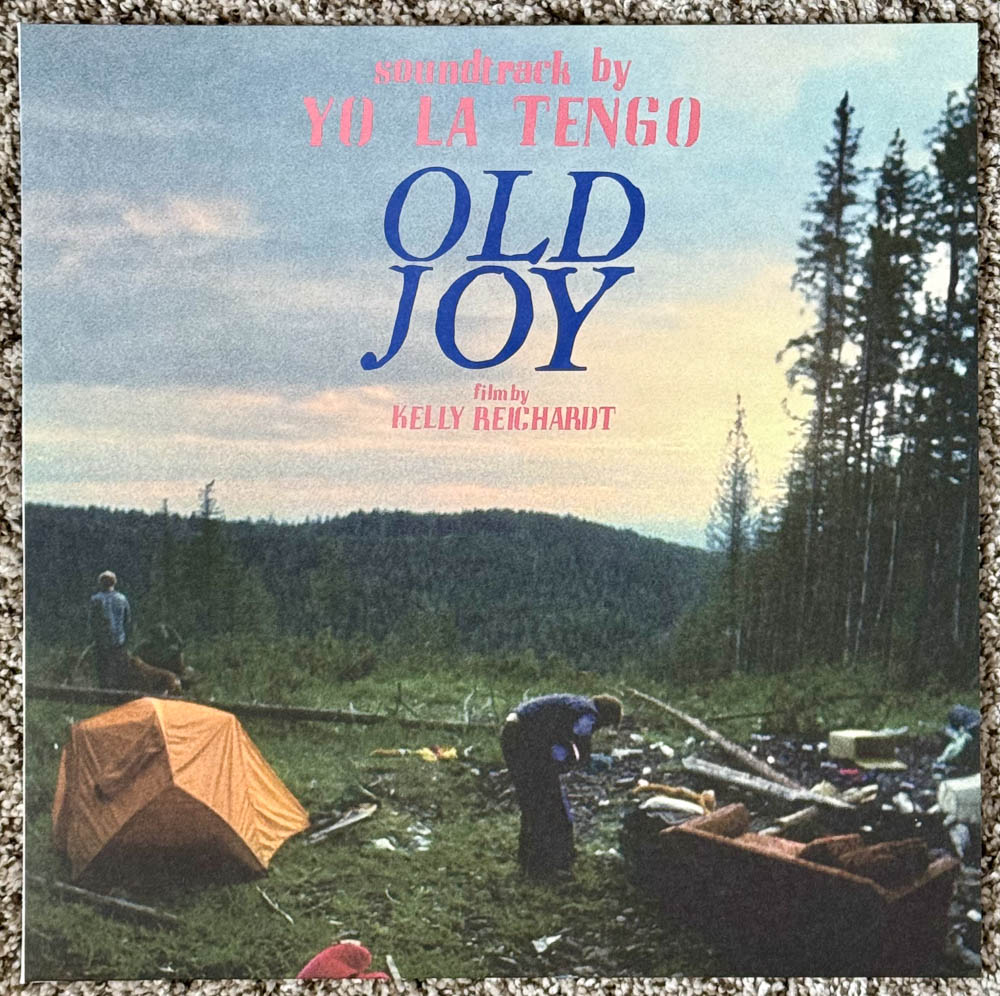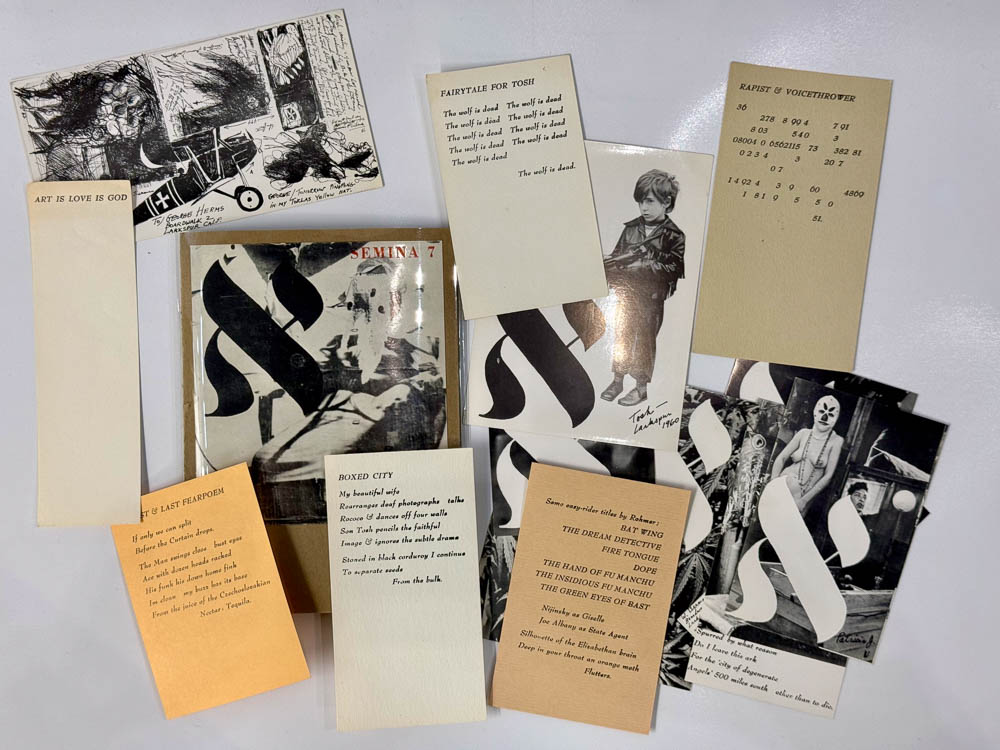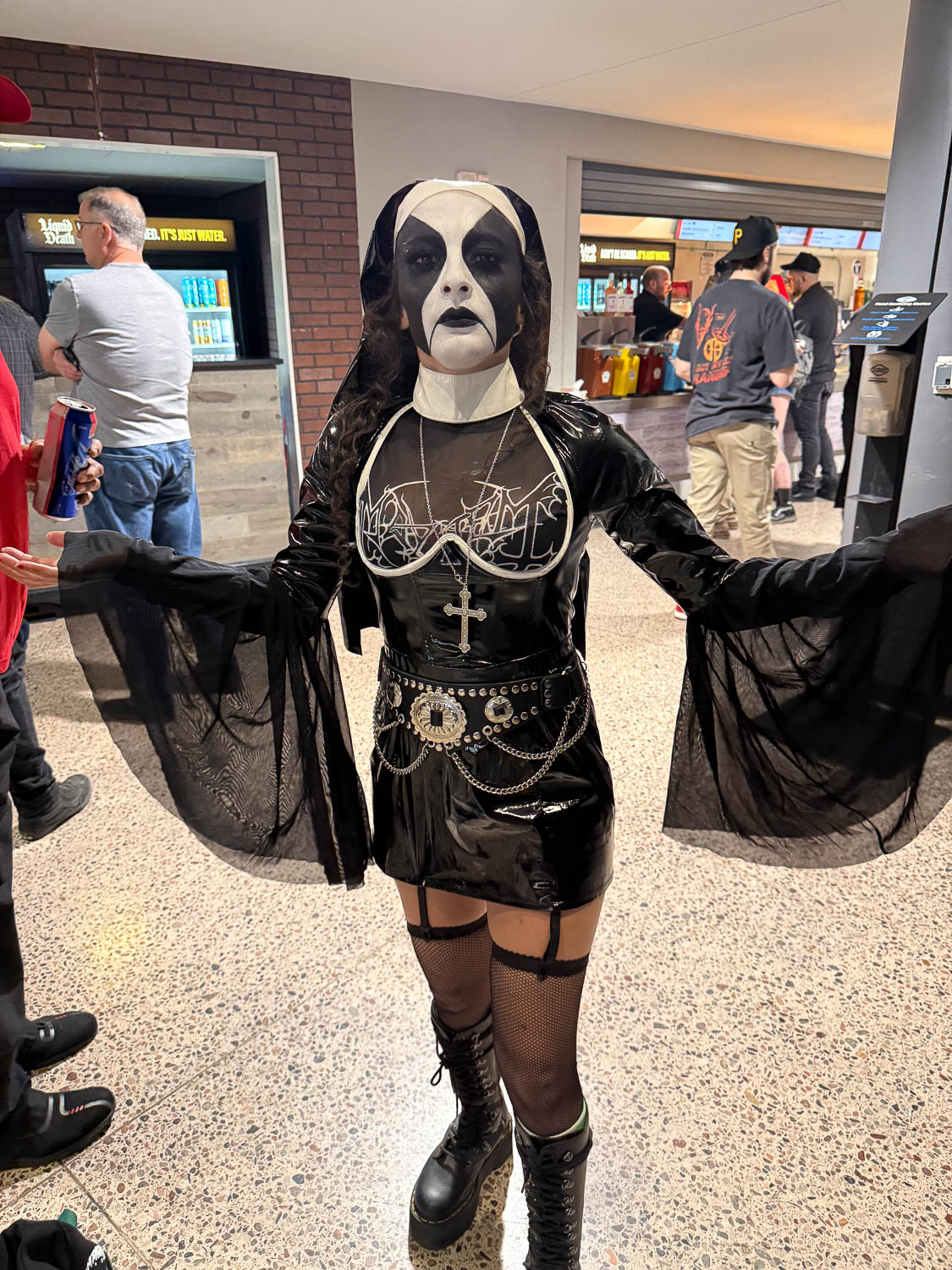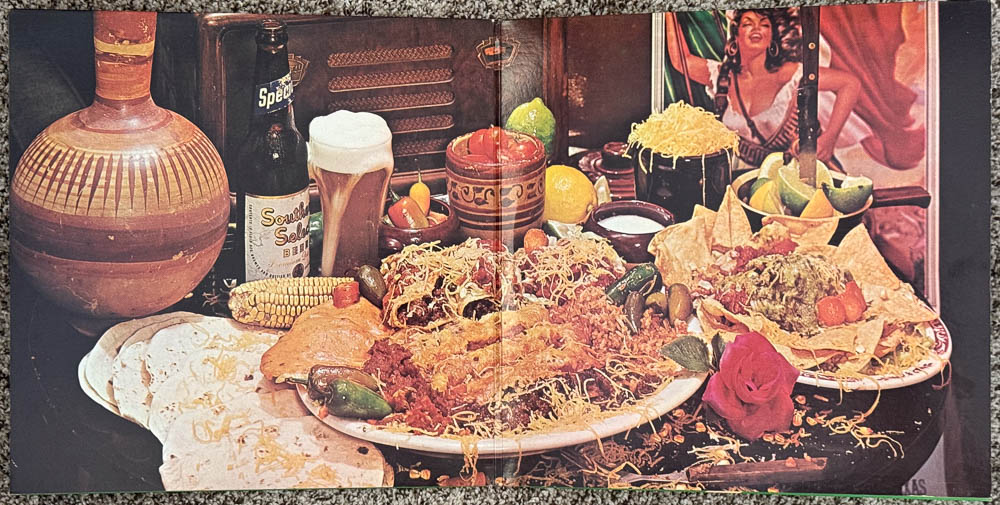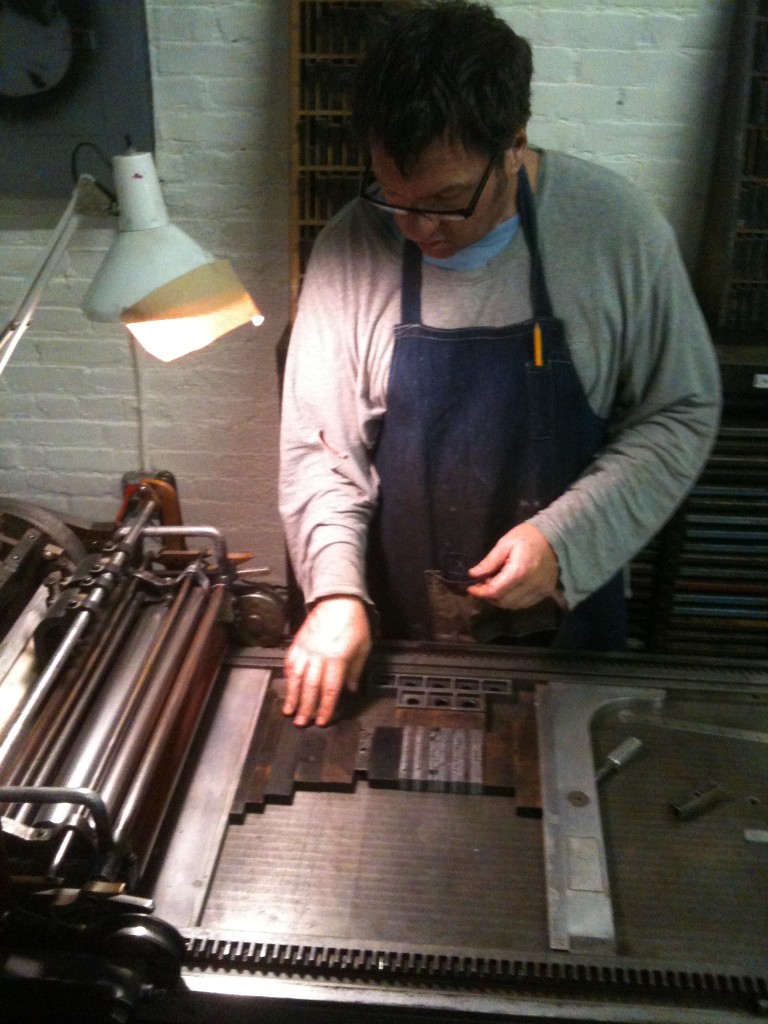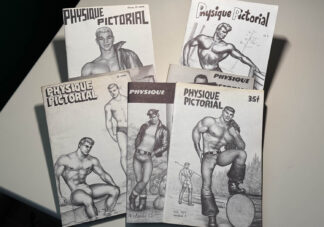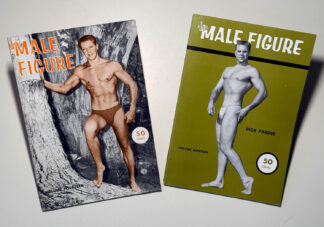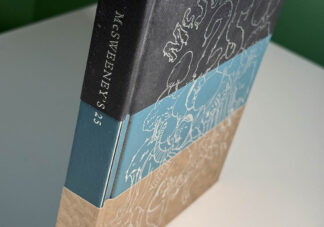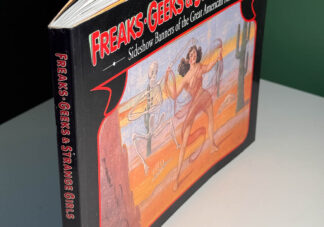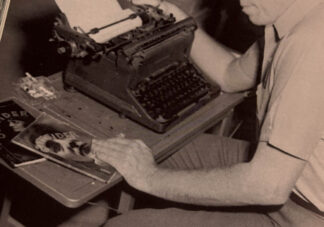
If the locomotive of the Lord runs us down,
we should give thanks that the end had magnitude.
We must admit there will be music despite everything.
—Jack Gilbert, “A Brief for the Defense” from Refusing Heaven (2005)
After Gonerfest I came home from Memphis with a camera full of music and a head full of ideas. What came out was Music Box — my attempt to make something in the spirit of what Johnny Brewton had pulled off at his X-Ray Press — especially X-Ray 8. Johnny’s work has always stuck with me: loose but professional, real and raw, letterpress personal and full of all these wonderful bits and pieces. I wanted mine to feel the same without stepping into that trap Harold Bloom calls “The Anxiety of Influence”.
So I printed 30 giclée photos — bands, moments, the crowd, all of it — and housed them in a found cardboard box. Held together with a wrap-around band. A found, vintage library card pocket repurposed as a place where you’ll find my colophon. The hidden couple dancing. And Jack Gilbert…because Gilbert was the greatest living American poet — until he wasn’t.
Monsieur Jeffrey Evans (’68 Comeback, The Gibson Bros.); Thursday night Emcee NOBUNNY; Memphis’s Moving Finger; the Frenchmen who made up Jack of Hearts; The Golden Boys from Austin TX; the Oblivian who calls himself Greg; all the way from Holland The Anomalys; Indiana’s The Hussy; a couple shots of Texas bad asses Bad Sports; Melbourne’s incredible Bits of Shit; a couple a fans! and a couple of River City Tanlines; NOBUNNY and his backing band that night, Bad Sports; Dez Vibez from Ryan Wong aka Wong Reatard aka Mr. Rousseau; another Aussie band Native Cats; Chicago’s White Mystery; The Detonations; Ex-Cult / Sex Cult; a photog / fan screaming at Mad Macka; finally, a photo in there of the Hi-Tone at full capacity — the last image in the box from one of the last shows played. An experience. And I didn’t even mention the food or make pictures of what I ate.
There’s 26 lettered copies of Music Box. I archived most of them. For years. Because my doubt looms large and Imposter Syndrome is very real exempli gratia Vivian Meyer and Henry Darger and all the poets and writers scribbling away and too afraid to show a soul.
But I’m listing Music Box now. Cause fuck the doubt and everything that comes with it.
If you were there, you’ll get it. If you weren’t, maybe you’ll feel like you were…all laid in to a small, perfectly square box.

